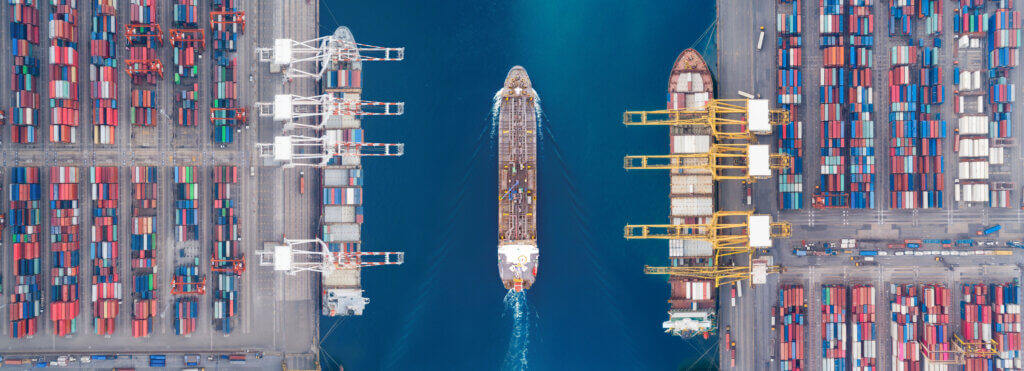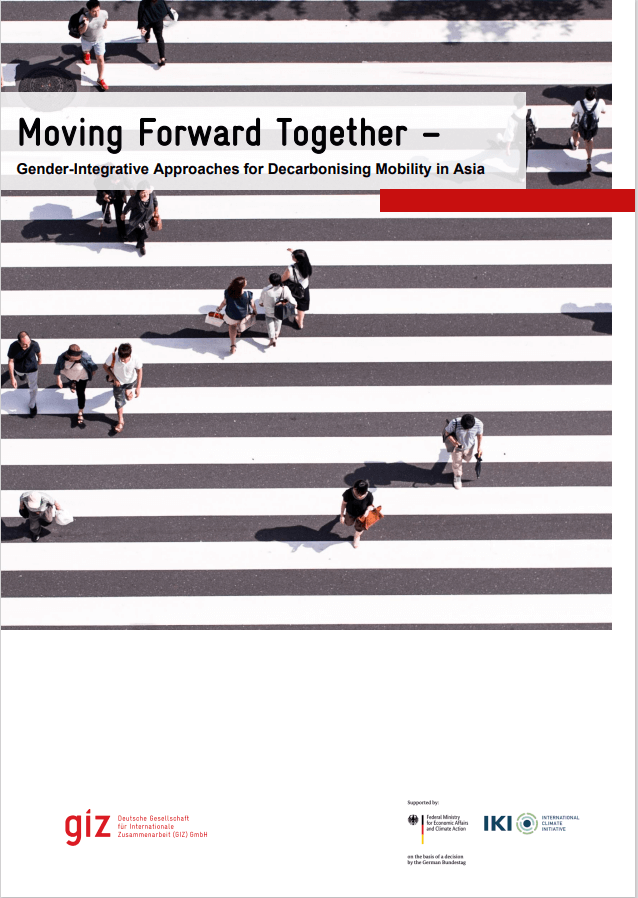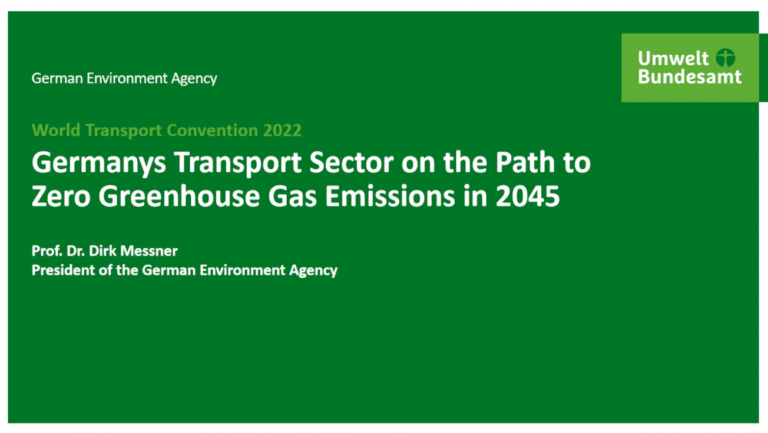As part of the study, research was conducted on best practices in green logistics in the international ports of Rotterdam (Netherlands), Los Angeles (USA), Singapore (Singapore), Hamburg (Germany) and Risavika (Norway). Simultaneously to this analysis, a survey was conducted in the Chinese ports of Ningbo-Zhoushan, Tangshan and Tianjin. The aim of the comparison was to identify potential for improvement and optimisation in Chinese ports.
Both the research of best practices and the survey of the Chinese ports were oriented towards the following five fields of action: Adaptation of Transport and Traffic Structure; Multimodal Transport; Smart Port; Clean and Renewable Energy; Energy Monitoring and Management.
The “Standard for Green Port Grade Evaluation” was then described as the authoritative procedure for the ecological evaluation of port facilities in China. The procedure divides all port activities into four levels, which are themselves divided into different contents and corresponding criteria. Scores are awarded according to the degree of fulfilment of these criteria, thus enabling a quantitative assessment of the four levels. The actual total score of the port is a weighted average of the scores of all four levels. The quantitative result is then coupled with qualitative requirements and ultimately leads to a star rating for the port. The rating system is explained in detail in the study and deepened with the help of example calculations.
Particularly in the fields of action “Adaptation of the transport and traffic structure” and “Multimodal transport”, it is noticeable that Chinese ports have adopted only a few of the internationally already established best practices in the past. If this finding is compared with the content framework of the “Standard for Green Port Grade Evaluation”, it becomes clear that the standard does not cover or only insufficiently precisely covers those fields of action. These should be added to the Chinese method for the ecological evaluation of port facilities. In addition, the following challenges in handling the standard were identified during the exchange of information between the Fraunhofer Institutes, TIWTE and GIZ:
- The objectivity of the measurement methods at the level of the indices or criteria is insufficient. Subjective assumptions and assessments make it difficult to reproduce the standard.
- For some indices or criteria at the action level, it is challenging to derive the utilisation intensity. The number of installed or newly introduced technologies does not allow to draw conclusions on savings, e.g. in the case of water-saving technologies.
- Incomplete recording of energy consumption, e.g. horizontal transport in container terminals is not taken into account.
- Specified (assessment) criteria are not or only with difficulty implementable or transferable, e.g. direct loading is not possible at every quay or berth.
Finally, recommendations for action for port operators and political decision-makers were derived. In the case of port operators, for example, the following aspects should be recommended and pointed out:
- Regarding the sustainable energy supply of ships at the quay, Chinese ports have already undertaken many and comprehensive measures.
- Terminal and shipyard management play an important role in efficient and low-emission planning. With the use of IT systems, optimal container handling can be achieved and thus routes and sorting processes minimised. The use of electric conveyor vehicles can achieve further emission reductions.
- Synchromodality is defined as the hinterland transport to and from seaports and can contribute, among other things, to the avoidance of congestion and to significantly larger transport volumes to the hinterland of ports. In addition, the use of rail and waterborne modes of transport reduces greenhouse gas emissions. The basic prerequisite for synchromodal transport management is close communication between the transport clients (shippers) and the logistics and transport service providers. Such platforms can assume a bundling function and thus open up further efficiency potentials.
Furthermore, it is recommended that the “Standard for Green Port Grade Evaluation” be supplemented by the fields of action “Adaptation of the transport and traffic structure” and “Multimodal transport”. This would ensure a holistic approach in the ecological assessment of Chinese ports. Port efforts that have an impact outside the port area would thus be covered and considered in the port’s sustainability assessment.
If you would like to know more about sustainable strategies for ports, you can download below the full report in two languages.
The report is a product of the Sino-German Cooperation on Mobility and Fuels Strategy (MFS) as a Contribution to the Mobility and Transport Transition, which is implemented by GIZ on behalf of the Federal Ministry of Transport and Digital Infrastructure (BMVI).
Responsible for the report is Mr Alexander von Monschaw, GIZ in China.





